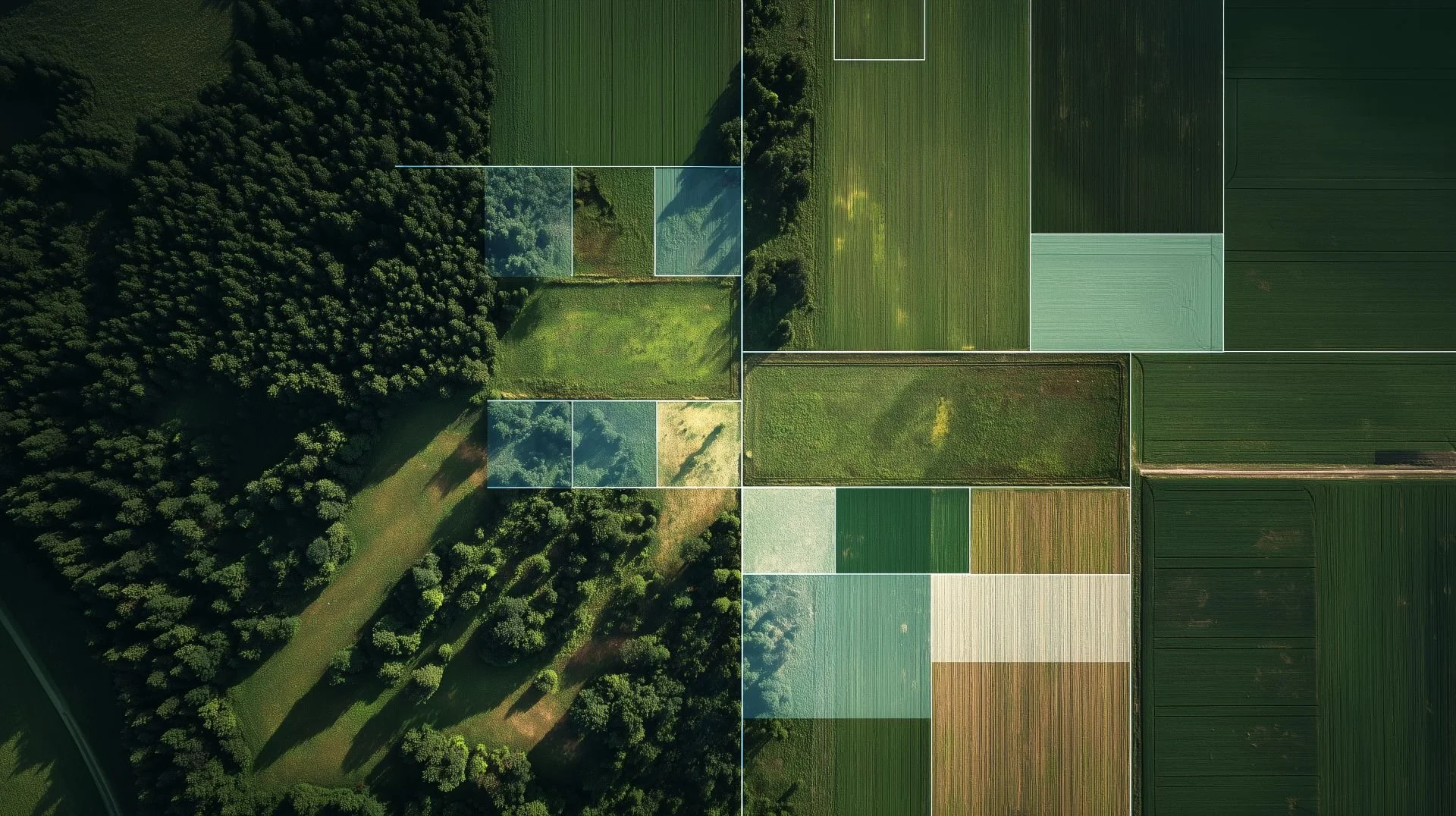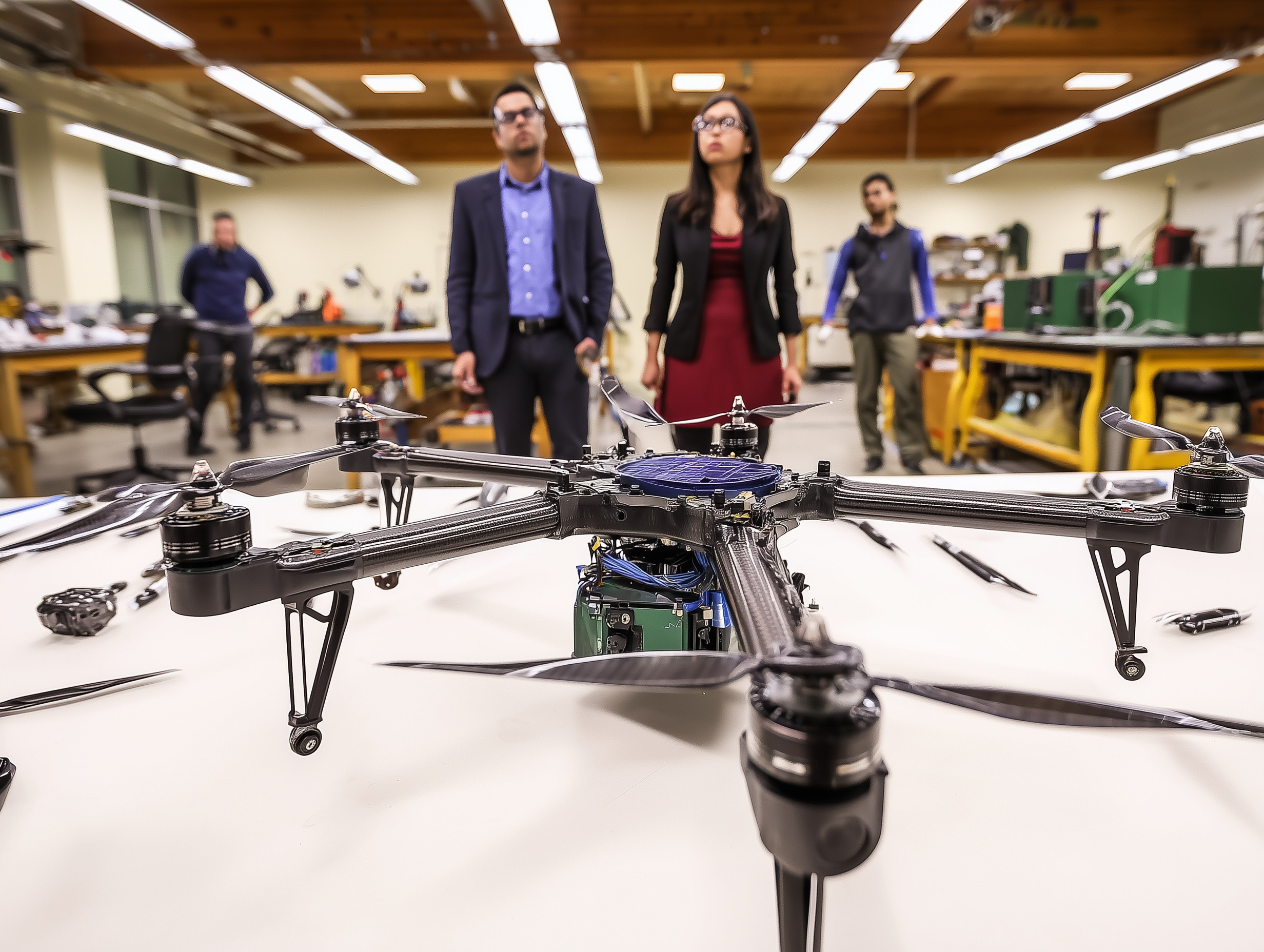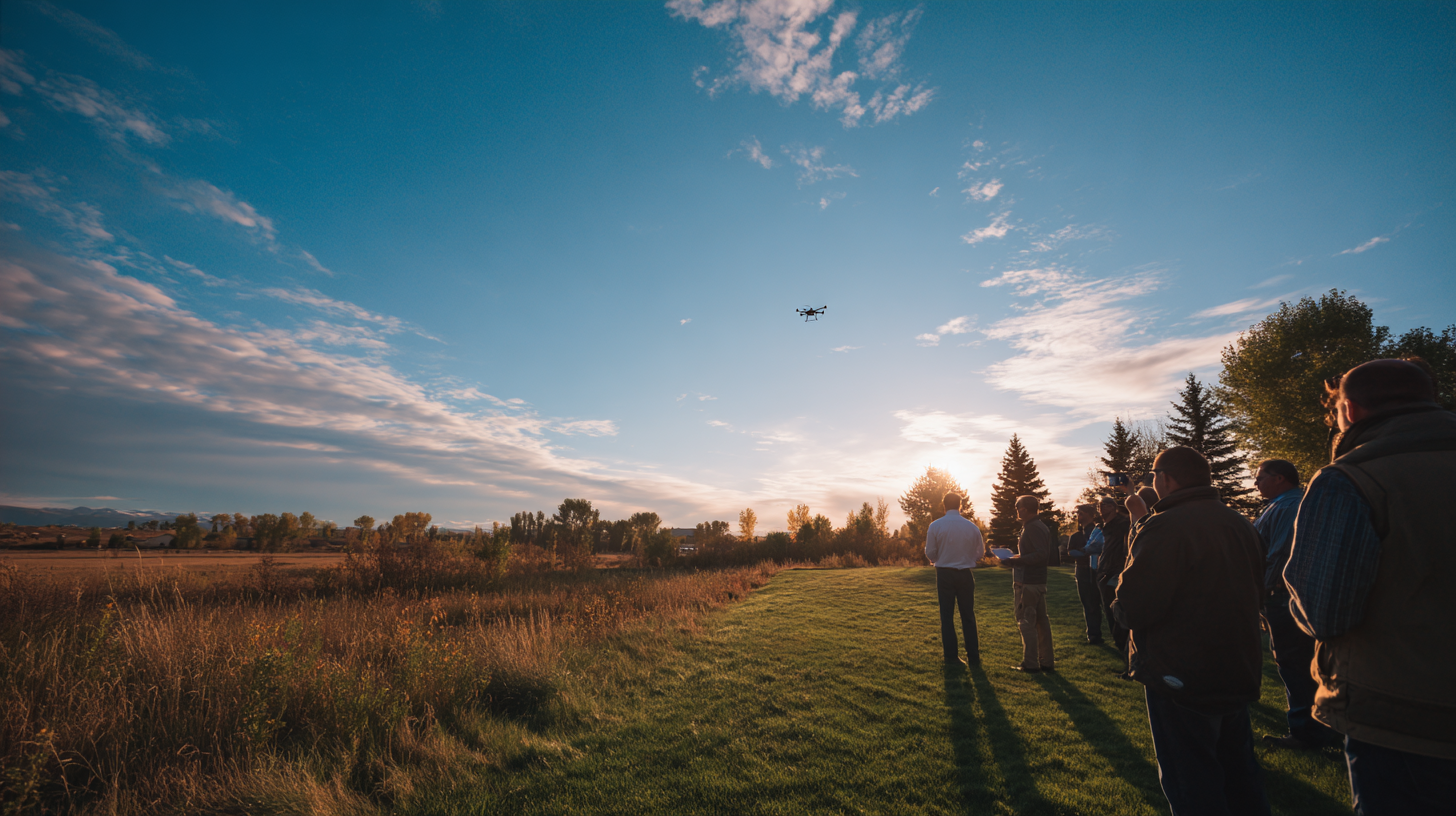
Drone Research
America’s research universities are a critical part of developing America’s agricultural drone industry and unlocking investment dollars.
How to Advance Our Industry through Collaboration and Research
The widespread adoption of heavy-lift agricultural drones in America faces a significant hurdle: the lack of established, publicly available, information on the fundamental engineering needed to have a stable, reliable heavy-lift ag-drone. This absence of a standardized technological baseline deters private investment, as each new company must dedicate substantial resources to re-solving the same foundational problems, rather than using private capital to innovate upon existing, well-established solutions. Imagine a world where every new car manufacturer had to re-invent the internal combustion engine from scratch.
This added expense in time and research dollars not only deters investors who are less certain stable and reliable flight can be achieved but makes the final drone far more expensive because of all the additional expenses that have to be recovered.
This cycle of repetitive fundamental research stifles progress and inflates costs. To overcome this, ADI works on Capitol Hill and in partnership with American research universities to help create and coordinate federal support towards a strategic shift to leverages the immense potential of American research universities to help develop the basic contours of this technology.
Ag-Drone Research
America’s universities are already active in driving general UAS research, with institutions like the University of Nebraska, Purdue, UC Davis, University of North Dakota, as well as New York's state and private universities working at the forefront UAS research with non-profits such as NUAR.
Virginia Tech, Mississippi State, and University of Georgia are all focusing on agricultural UAS applications such as advancing analysis and developing best practices.
That said, research into the engineering and design of heavy-lift agricultural drones needs more attention.
This fundamental research would focus on key areas such as:
Advanced Battery and Power Systems: Developing lighter, more powerful, and longer-lasting batteries is crucial for increasing payload capacity and flight duration.
Aerodynamics and Propulsion for Heavy Loads: Optimizing drone design for efficient lifting and stable flight with significant payloads, including novel propeller designs and wing configurations.
Material Science for Lightweight and Durable Structures: Exploring new composite materials and manufacturing techniques to build robust yet lightweight drone frames.
Precision Navigation and Control Systems for Agricultural Applications: Researching highly accurate GPS, obstacle avoidance, and autonomous flight algorithms specifically tailored for agricultural environments and spray patterns.
Payload Delivery System Optimization: Designing efficient and precise mechanisms for spraying liquids and spreading granular materials, minimizing waste and maximizing coverage.
Unleashing Private Innovation
By entrusting universities with this foundational research, several critical benefits will emerge:
Reduced Redundancy and Increased Efficiency for Private Capital: Instead of private companies repeatedly investing in solving the same basic engineering challenges, they can then focus their resources on innovation and refinement. This means faster development cycles, more specialized applications, and a greater diversity of products entering the market.
Accelerated Technological Advancement: A shared, openly accessible pool of fundamental research will create a robust knowledge base, allowing all industry players to build upon a solid foundation. This collaborative approach will accelerate the overall pace of technological advancement in the heavy-lift agricultural drone sector.
Lower Costs and Enhanced Reliability: With core technologies becoming standardized and optimized through university research, the cost of manufacturing and operating heavy-lift agricultural drones will naturally decrease. Furthermore, the inherent reliability of these fundamental components will improve, leading to more dependable and efficient agricultural operations.
Collaborating Towards the Future of American Agriculture
Recruiting and utilizing universities across America for fundamental heavy-lift agricultural drone research is not just an opportunity; it's an imperative. It represents a strategic investment in the future of sustainable agriculture, promising not only cheaper and more reliable drone technology but also fostering an environment where private enterprise can truly innovate and bring the full potential of agricultural drones to fruition. By working together, academia and industry can pave the way for a new era of precision farming, benefiting farmers, consumers, and the environment alike.




